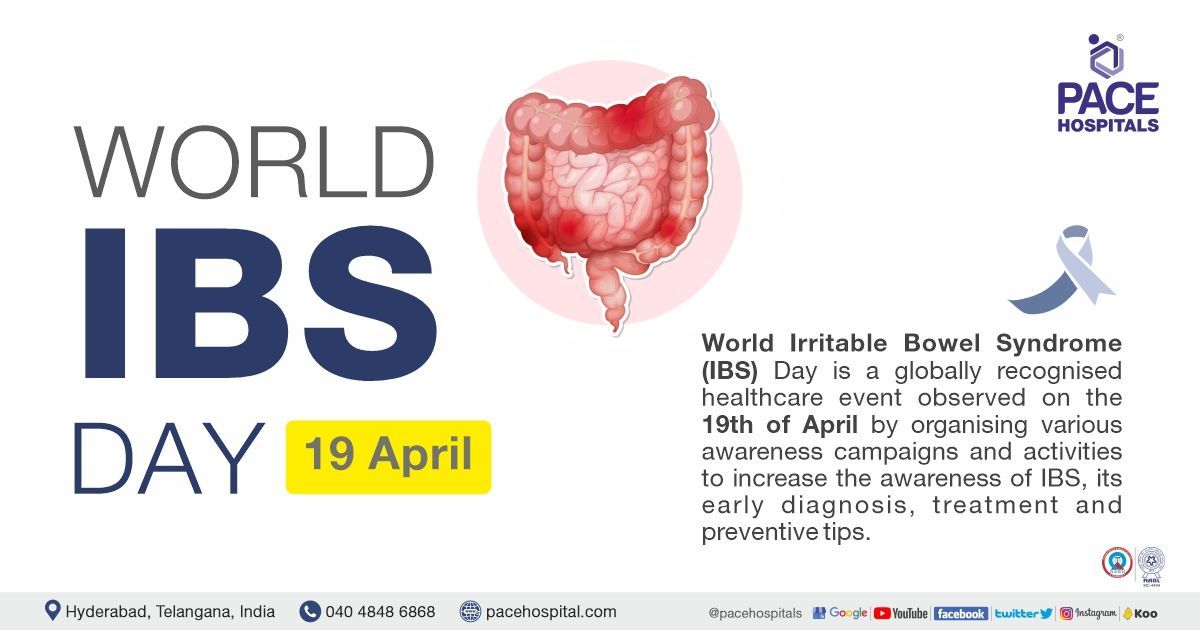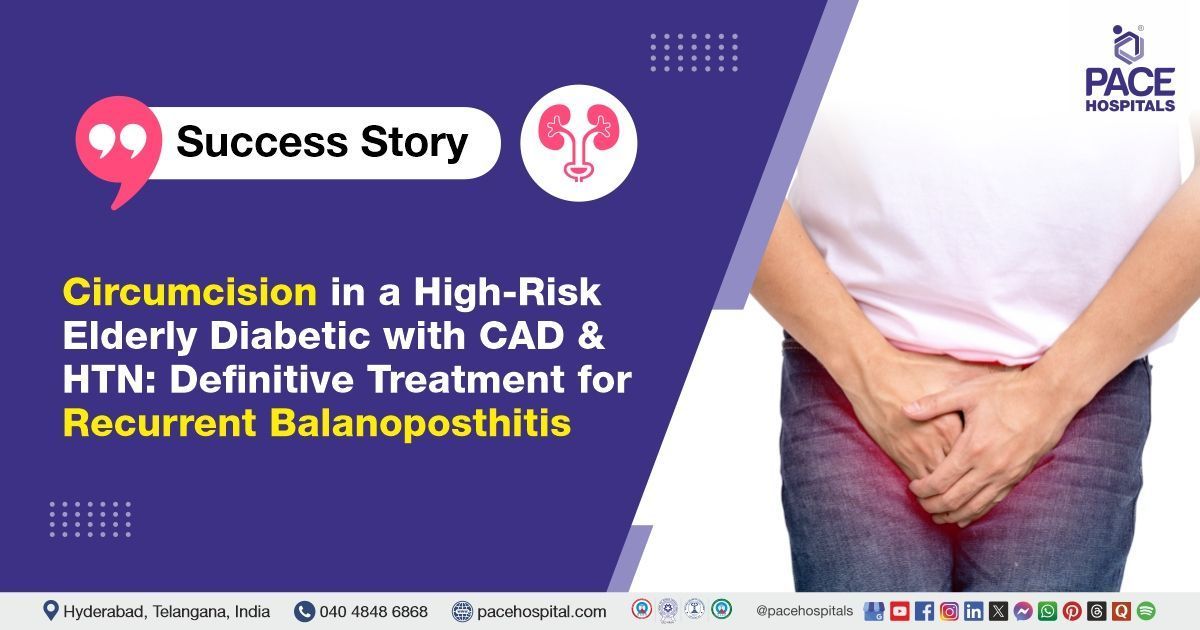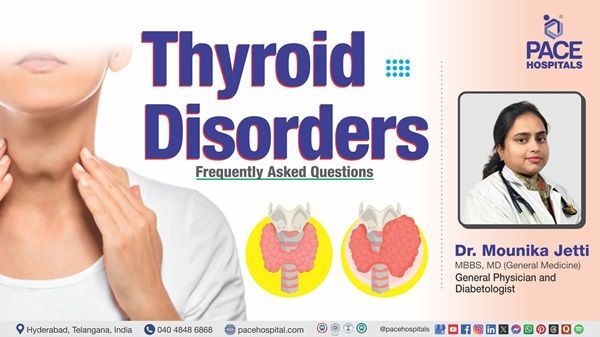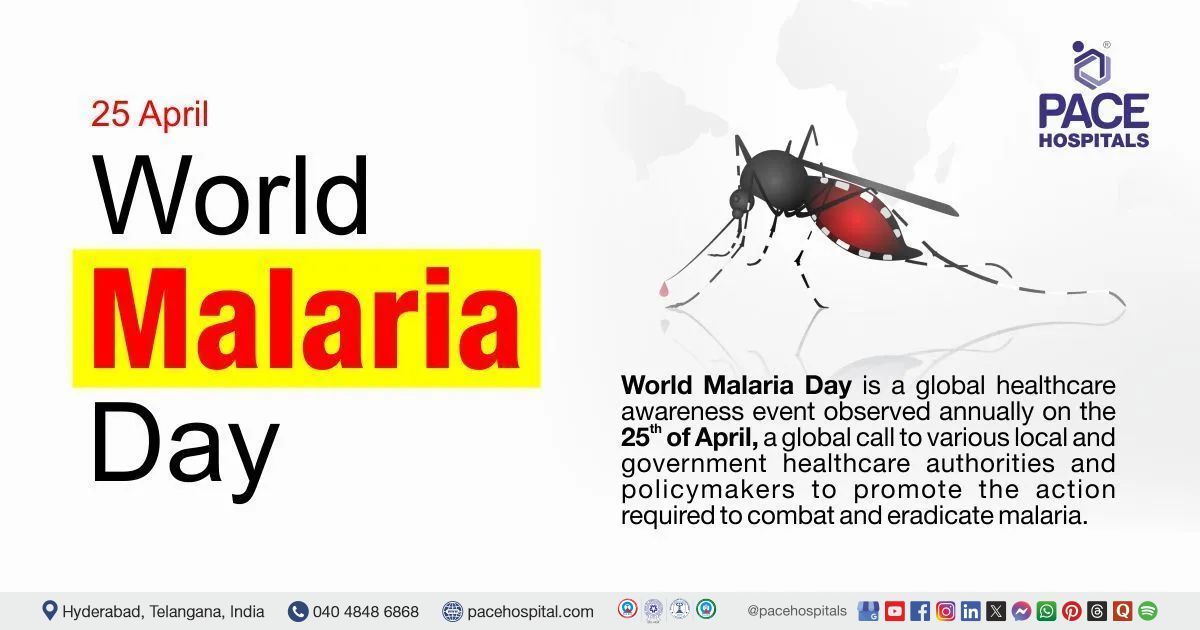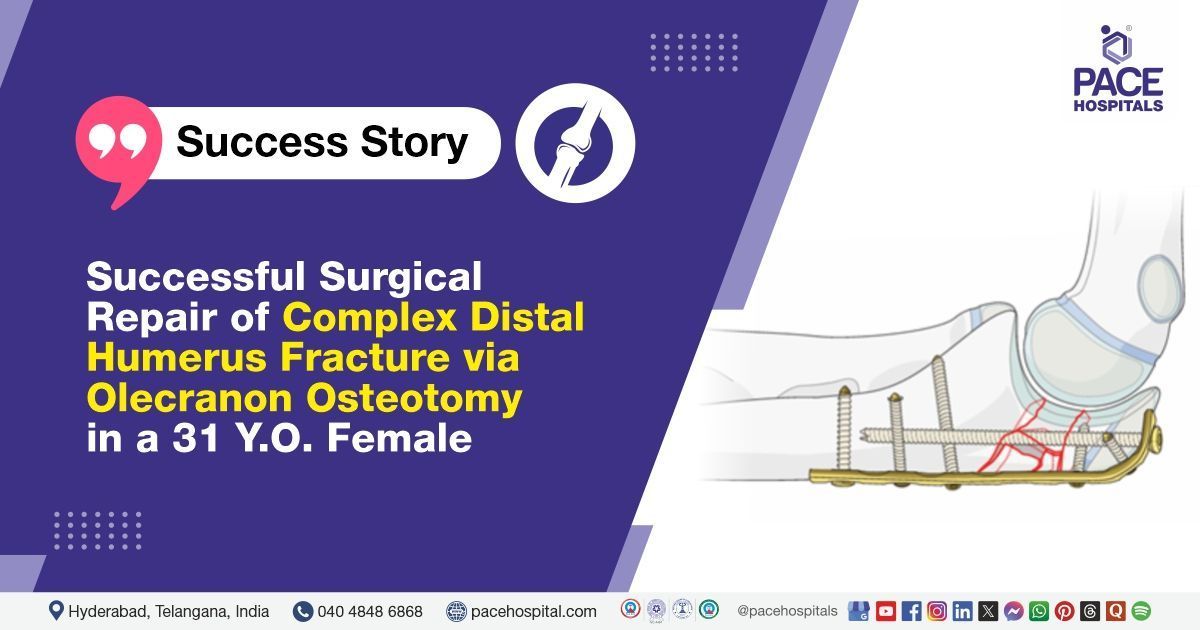Successful Management of L4-5 Radiculopathy in a Parkinson's Patient through Minimal Invasive Lumbar Discectomy
PACE Hospitals' Neurosurgery team effectively performed a minimally invasive lumbar discectomy on a 64-year-old male with a prolapsed disc (L4-5 radiculopathy), resulting in marked relief from pain and numbness while improving his overall mobility.
Medical History
A 64-year-old male patient approached the surgical neurosurgery department of PACE Hospitals, Hyderabad, with complaints of low back ache for the past two months and LT LL Radiculopathy (Left Lower Limb Radiculopathy). He also appeared to have pain during activity and even rest, change in walking, tremors in his hand and was diagnosed with
Parkinson's disease by a neurologist recently. The patient underwent haemorrhoid surgery long ago, and there are no documents related to that surgery.
On Examination
The patient is on a mixed diet and has normal sleep patterns and appetite. During the general examination, he was found to be moderately built and nourished (normal body structure and adequate nutrition, indicating good overall health without signs of malnutrition or obesity).
Upon systemic examination, the patient was found afebrile (without fever) with normal vital signs and sensory function. However, during the straight leg raise test, the patient exhibited an abnormality
(SLRT +VE 30 degrees on the left side), which may indicate possible nerve irritation or lumbar pathology. Additionally, increased tone in all four limbs may suggest upper motor neuron lesions or other neurological issues, which are therefore considered abnormal.
Diagnosis
Considering the severity of the pain and associated comorbidities, he was admitted to PACE Hospitals, Hyderabad, for further treatment and management of his medical condition. Upon detailed physical examination and investigations, the patient was diagnosed with L4-L5 IVDP “Intervertebral disc prolapse” (PROLAPSED DISC).
Lumbar disc prolapse or Lumbar slipped disc is a medical condition characterised by disc material displacement (nucleus pulposus-soft material) beyond the intervertebral disc space, thereby causing pressure in the nearby nerves.
It happens due to the tear of its tough outer annulus fibrosus (outer layer-fibrocartilaginous layer), allowing its inner soft material to leak out through the tear.
Lumbar radiculopathy is caused by compression or irritation of the nerves in the lower back, often due to prolapsed discs or spinal stenosis. This leads to symptoms like pain, numbness, or weakness radiating down the legs.
Treatment
After careful observation of the patient’s clinical symptoms and medical condition, the consultant neurosurgeon Dr. U.L. Sandeep Varma along with the team of neurologists, affirmed that Discectomy procedure would help the patient recover from radiculopathy and provide relief from associated symptoms.
On the day of the procedure, the patient was explained about the disease condition and treatment modality, and consent was obtained from him. General anaesthesia was administered as premedication.
Procedure
After a proper examination by the medical team, the patient underwent L4-5 Minimal Invasive Lumbar Discectomy. Under strict aseptic precautions, the area of surgery was cleaned and covered with sterile cloths. A small cut was made in the skin vertically, and then it was extended deeper to access the area needed. A hemilaminectomy retractor was placed in the left L4-5 space (a special tool (retractor) was used to hold back tissues in the left lower back area (between the fourth and fifth lumbar vertebrae).
LT L4 Laminotomy done, where a small opening was made in the bone (lamina) at the left side of the L4 vertebra. Hypertrophied ligamentum flavum was excised (The thickened ligament causing problems was surgically removed). A bulging disc was discovered to be pressing on the nerve root, causing it to be pushed inward and was removed in small pieces. A foraminotomy (opening) was created to relieve pressure on the nerve root where it exits the spine. The protective covering around the spinal cord (dura) and the nerve root was observed to be moving normally, indicating good blood flow.
Bleeding was stopped and controlled. A small amount of fat was placed over the nerve root for protection. Skin and other tissues were stitched back together in layers to heal properly.
Post procedure
The patient was kept in the ICU for 4 hours for observation and was shifted to the general ward. There are no new neurological deficits, the vitals are stable, and his wound remains healthy. He is being discharged to continue medication and be in follow-up.
Discharge notes
While being discharged, the patient was prescribed antibiotics, non-steroidal anti-inflammatory drugs, anticonvulsants, antacids, nutraceutical/multivitamin supplements, Vitamin C supplements, Osmotic laxatives, and Antiparkinsonian agents.
The patient was discharged in a hemodynamically stable condition with follow-up instructions and by providing enough information about drug usage and disease management.
The patient was advised to take care of the wound, continue taking Parkinson's medication as prescribed by the neurologist, and engage in activities such as walking and climbing stairs. Additionally, he was advised to take bath and avoid strenuous exercise, lifting weights, and sitting on the floor to promote quick healing.
With a prior appointment, the patient was asked to get a review of the condition by Dr. U.L. Sandeep Verma in the OPD after 15 days. However, he was instructed to admit anytime in the medical emergency department of PACE Hospitals, Hyderabad, in case of severe symptoms like episodes of fever, abdominal pain or vomiting.
Neurodynamic exam (SLRT) to assess nerve root irritation
Straight leg raising test, or Lasegue sign is a neurological activity performed while assessing the patient with low back pain. This test is performed by lifting the straightened leg of a lying patient to check for issues of the lower back. The examiner may elevate the leg slowly and gradually raise it. It indicates a positive result if the patient gets pain or tingling below the knee while in the process at an angle of less than 45 degrees. It is most helpful in identifying L4, L5, and S1 radiculopathies.
Share on
Request an appointment
Fill in the appointment form or call us instantly to book a confirmed appointment with our super specialist at 04048486868


